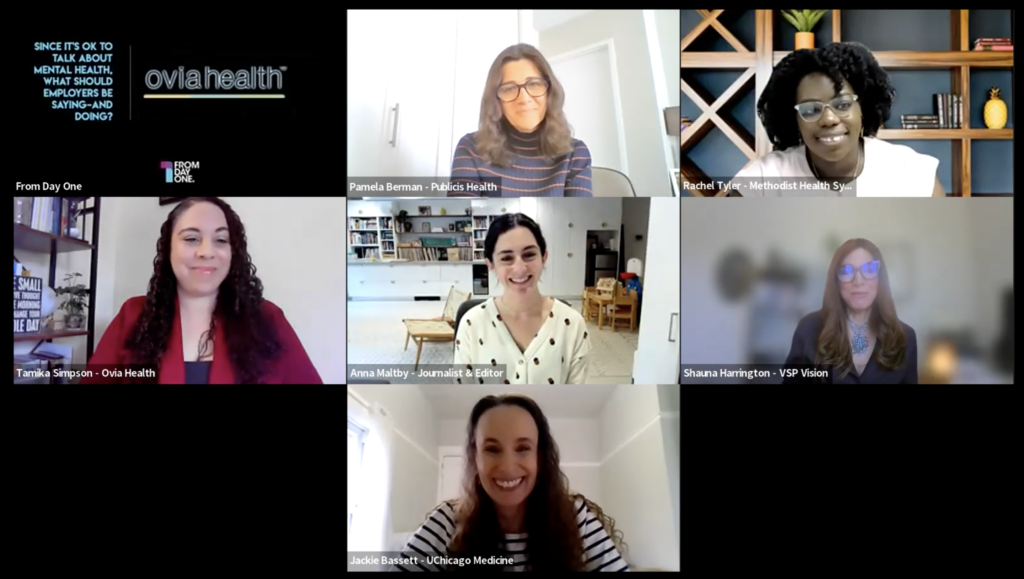Transforming Your Organization into a Skills-Based Powerhouse
“Skills-based hiring allows us to focus on making better hiring decisions based on actual skills rather than subjective factors,” said Kristen Baller, head of talent acquisition at satellite provider DISH Network. “Traditional hiring practices often favor candidates who have specific educational backgrounds or tenure with [brand-name] companies. Moving to this model helps mitigate that bias. It allows employees to showcase their capabilities that could directly impact the roles and the requirements of a job.”Baller is part of a growing number of employers making skills-based hiring and promotion a priority. According to LinkedIn’s Future of Recruiting 2024 report, 73% of hiring professionals say skills-based hiring is a priority. Further, between 2019 and 2022, the number of companies that omit degree requirements from job postings increased 36%.There are many advantages to adopting a skills-based mentality: It grows the applicant talent pool based on relevant rather than arbitrary factors, it can improve the quality of hire, and it can promote internal mobility, giving workers a reason to invest in their own skill development and to stick with a company longer.“The importance of having consistency and scalability is important to any recruiting process,” said Kristen Cooper, head of North America solutions consulting at recruiting tech platform SHL. For skills-based hiring, “it comes down to the requirements of the job on day one versus what an organization can train its new hires on. A huge part of this is branding and marketing. It’s so important when a candidate reads a job description that it actually reflects what they’re going to be doing.”Cooper and Baller were part of an expert panel at From Day One’s webinar on how to transform an organization into a skills-based powerhouse. The group spoke about changing the hearts, minds, and processes that undergird this progressive new attitude toward workforce development.How to Break Old Habits and Adopt a Skills-Based ModelShifting to a skills-based hiring approach is easier said than done. Job descriptions, processes, evaluations, interviews, scoring, and even tech platforms have to be reimagined. It helps to involve hiring managers in the planning, and in doing so, begin challenging biases and breaking old habits.Journalist Emily McCrary-Ruiz-Esparza moderated the webinar about "Transforming Your Organization Into a Skills-Based Powerhouse" (photo by From Day One)“We’re really focusing on internal mobility and standing up practices like workshops and lunch-and-learns across the organization,” Baller said. “We invite our executive leadership to talk about the organization and the work they’re doing, but really, we ask them to focus on the skills and competencies that individuals need. That triggers the individuals attending these lunch-and-learns to think about what skills they possess that could transition into another job.” People leave the sessions energized and able to envision career opportunities they had never considered, she says.Redesigning Candidate Assessment ToolsFor many, retooling hiring practices will include new modes of screening candidates’ capabilities. The New York Times is one employer building its own assessment tools. Monica Parodi, the Times’ VP of talent acquisition, described how constructive it’s been to have those already in the organization assist with skills-based methodology and assessments.“We just finished building an iOS and an Android assessment. In recruiting, we don’t have that technical knowledge. There are great vendors and tools out there, but it’s also great when you can take your in-house talent and allow them to be a part of building that interview plan. We had them build in the ability to test their iOS-building skills and their Android skills and their coding abilities. They’re the ones who know what skills are needed to complement their team.”Not everyone will have the funds or in-house capabilities to invest in proprietary tech, but everyone can get the teams involved in identifying new capabilities that need to be added.Parodi is clear that making the change, and even implementing skills-based hiring, is an arduous undertaking. It requires forming new habits, conducting deeper and more critical research on roles, and writing requisitions differently. The process is a tough one, but a lucrative one. “That’s one thing about skills-based hiring in general: It’s a lot more work on the front end, but the rewards are worth that return on investment.”Powering Skills-Based MobilityAssisted by technology, employers are also reaping the benefits of skills-based hiring for upskilling, reskilling, and internal mobility. “Companies tend to be pretty excited about the ability to bring some science and precision to that whole process,” said Cooper of SHL.“We realized a couple of years ago that there are some pretty big gaps in the market for the talent that we need,” said Angie Lombardo, the VP of talent acquisition at engineering consultancy Arcadis. “So, we started researching different technologies that could assist us in the process. We decided to invest in a skills-powered AI tool.”Employees create a profile, and the platform helps them identify career paths and options within the company based on their skills and interests. “It helps people kind of see, ‘Oh, I could probably do this job; I never thought about it before.”Lombardo recognized that the company’s internal mobility rates were low, largely due to lack of communication, which is a challenge in a large organization with so many business units. “The right hand is often not talking to the left hand,” she described. “You have someone who has this specific experience in water or wastewater, for example, and they really want to do something in a different business area, but the divisions don’t talk to each other. They have transferable skills, but the visibility isn’t there.”Skills-Based Hiring as a Tool for Business Growth and Employee RetentionPrioritizing skills has significant implications for internal growth and mobility too. “It’s much more cost-effective to move an internal employee into a role than to have to [resort] to external hiring practices,” said Baller. “When we move to focusing on skills-based hiring over traditional qualifications, it enhances internal mobility opportunities across the organization. It promotes a more dynamic and flexible workforce where individuals are not limited by their job title or their background.”Mapping career paths and connecting the nodes with skills can help workers envision an enriching future with the company. At business consulting firm Slalom, senior director of talent acquisition Laura Sullivan is using a talent module to support internal moves.“It does a really lovely job of showing the jungle gym that your career could be at Slalom. Each level has skills and roles that are associated with it, and it helps people to see, ‘I have this skill right now, and these other roles also include these skills, so I could take my career in this direction by earning these certifications, or by potentially working on certain types of projects.’”Sullivan pointed out that skills-based career movement is especially valuable in the consulting industry, where employees are already placed on projects based on their skills and capabilities. “When people roll off a project, they’re on our bench, and the bench is a great time for people to upskill. We invest in certifications, training, and workshops to help people take on bench projects. They can learn how to help with RFPs, for instance, if that’s a skill that they don’t have yet. It’s a great way for us to give people new opportunities, and help them fill any gaps that they might have in their experience.”Editor’s note: From Day One thanks our partner, SHL, for sponsoring this webinar.Emily McCrary-Ruiz-Esparza is a freelance journalist and From Day One contributing editor who writes about work, the job market, and women’s experiences in the workplace. Her work has appeared in the Economist, the BBC, The Washington Post, Quartz, Fast Company, and Digiday’s Worklife.





